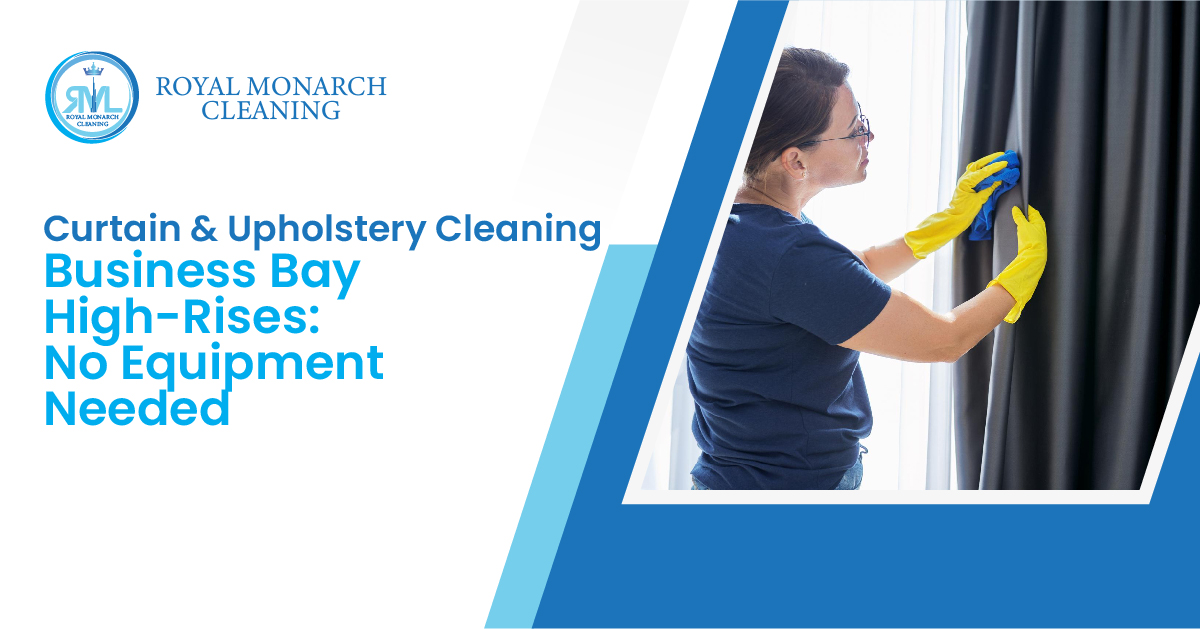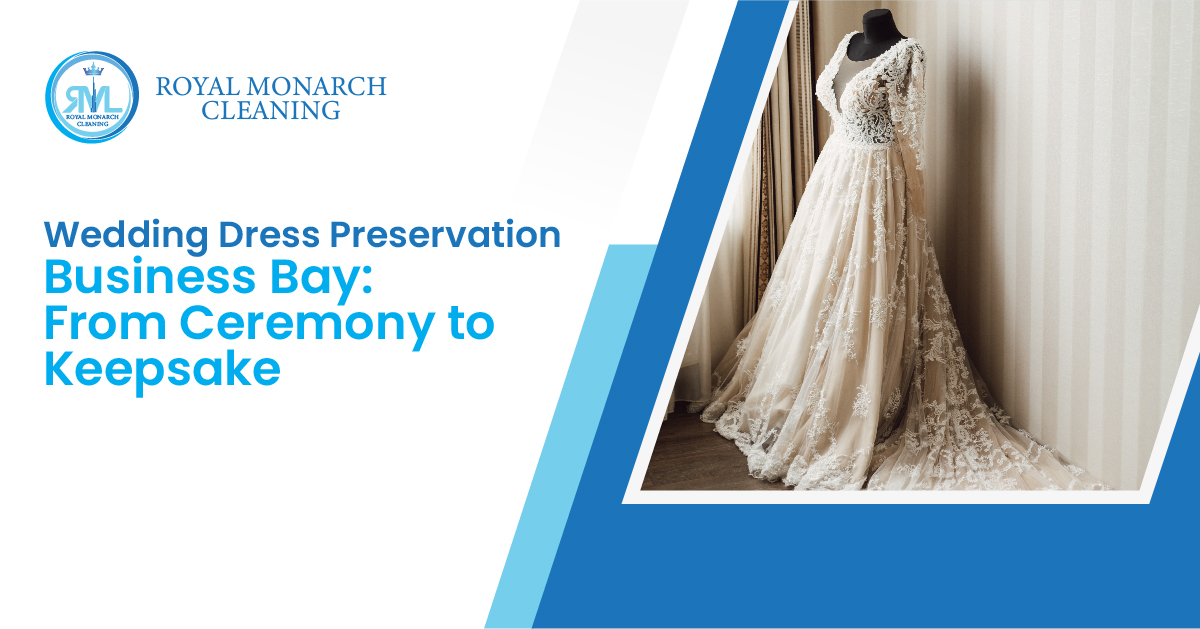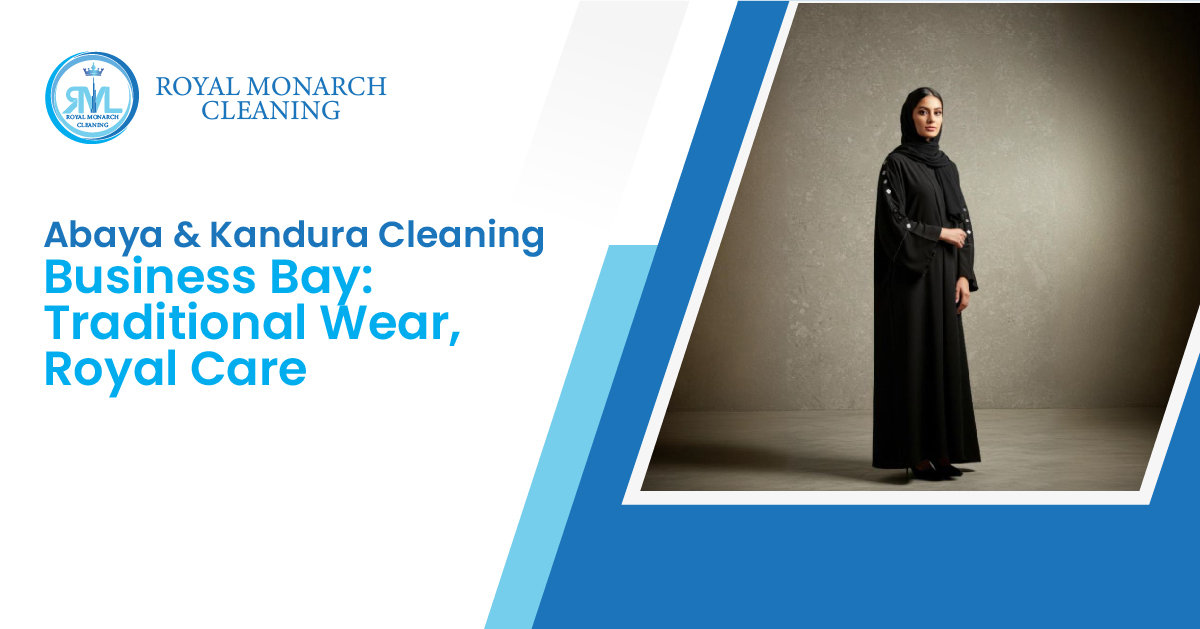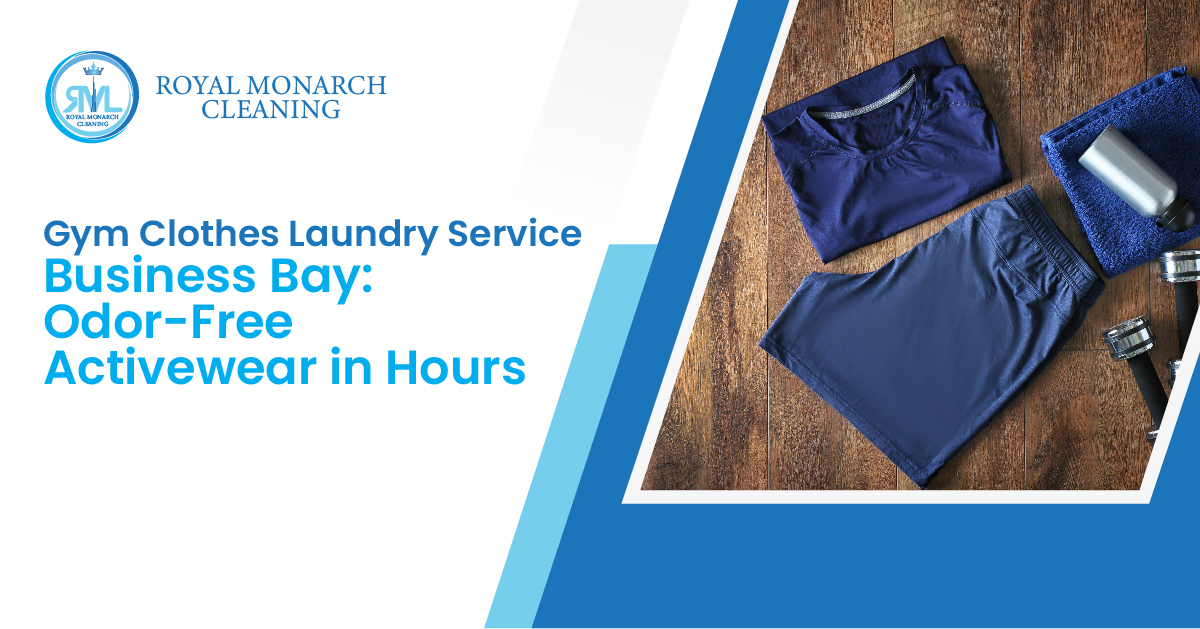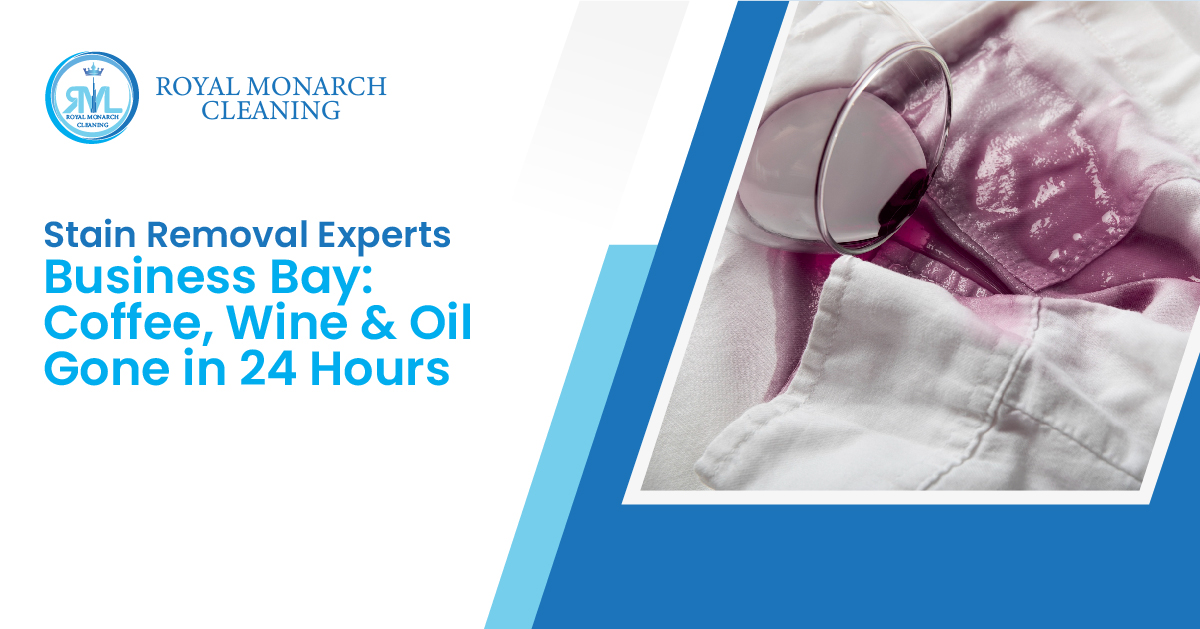Dry cleaning is one of the most enigmatic elements of daily living. The term “dry cleaning” contradicts what we know about how garments are laundered. The fact that dry cleaning operations are concealed behind a barrier of plastic garment bags, where magical machines execute some strange procedure that cleans our clothing without getting them wet, adds to the mystique.
If you’ve ever wondered what goes on behind the scenes at a dry cleaner’s, or even what “dry” cleaning entails, keep reading for the following fact that Royal Monarch Laundry your dry cleaner in Dubai wants you to know.
Your Clothes Are Actually Wet During Dry Cleaning
The most common myth regarding dry cleaning is that liquids do not play a role in the process. Dry cleaning does not imply the absence of liquid; rather, it implies the absence of water. Though dry cleaners often use water to remove water-based stains such as tomato soup and coffee, the most popular method is to immerse garments in a bath of perchloroethylene, or “perc,” a colorless solvent that can dissolve stains that water cannot, such as gravy and tar.
Why Dry Cleaning is a Good Option
We’ve all seen the “dry clean only” warning on clothing tags, and for all we know, it may be a legal document. However, “dry clean only” is not an inviolable restriction. That sticker really says “don’t put me in the washing machine.”
Manufacturers are legally obligated to inform customers of just one technique of cleaning textiles, and dry cleaning is always a safe choice. The fundamental problem with textiles like silk and wool is that they shrink during the harsh agitations of the wash cycle – not water.
Hand-washing delicates (as long as the color doesn’t bleed) is almost always an option. But be cautious. Suede and velvet, for example, should never be cleaned at home. Leave them to the professionals.
Perchloroethylene as Drying Solvent and Other Greener Solutions
The chemical used during dry cleaning is perchloroethylene or perc. It’s a heavy-duty industrial chemical. When it comes to dry cleaning, avoid phrases like “organic” and “natural.” While the United States Food and Drug Administration (FDA) maintains tight standards for what is known as organic food, there is no equivalent entity that polices the dry cleaning sector.
Perc and hydrocarbon solvents, for example (one hydrocarbon brand is hilariously titled EcoSolv), can be considered organic merely because they are produced from carbon chains. According to that concept, gasoline is “organic.”
Look for carbon dioxide cleaning, liquid silicone, and professional wet cleaning with biodegradable detergents for a really greener solution.
Dry cleaning at home is a viable option
Pre-treat stains before you toss garments into a bag with a sheet that releases cleaning chemicals while being tumbled in the dryer. When the clothing is removed, the chemicals have softened and absorbed the stains, leaving a mild aroma to mask any residual smells. But can at-home dry cleaning work as well as professional dry cleaning?
While home dry cleaning systems might save you money, they are essentially clothing first-aid kits. At-home dry cleaning sheets are perfect for everyday difficulties like the smell of cigarette smoke and little drips of soup. You’re still better off bringing them to your professional dry cleaners in Dubai for more critical situations.






